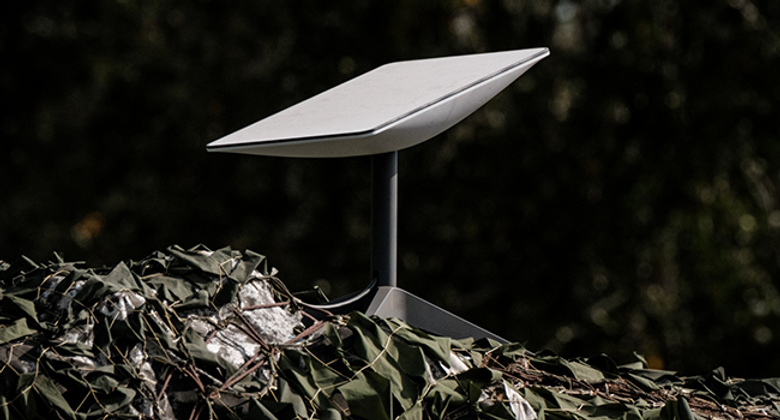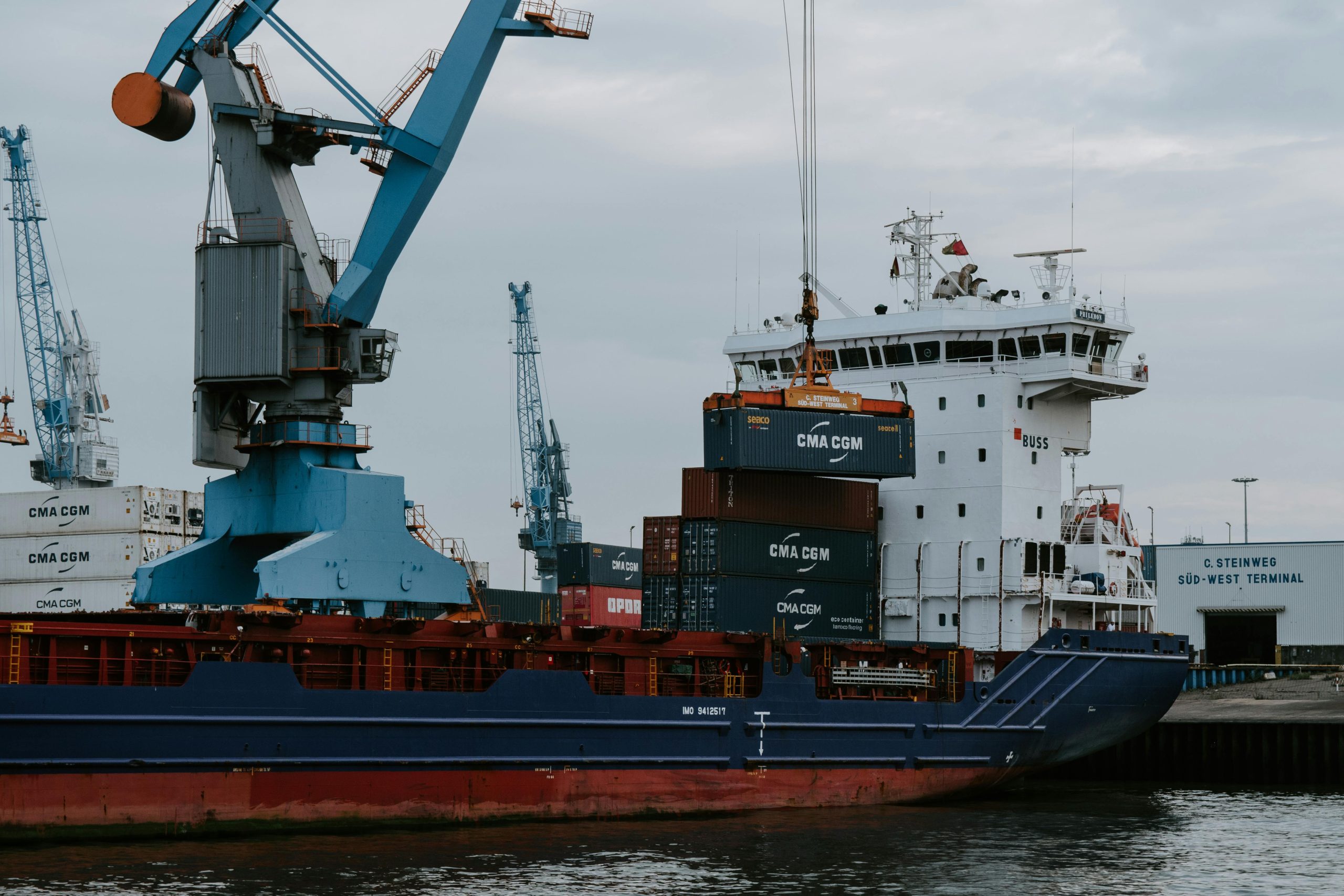The rollout of Starlink, spearheaded by the USA in late 2020, signified a pivotal moment in the quest to democratize internet access worldwide. Puerto Rico and the Virgin Islands, often overshadowed by their continental neighbors, were among the first to gain access, perhaps signaling a shift towards a more inclusive approach to technology deployment.
The early adopters, including Canada and the UK, are indicative of nations with not only the infrastructure to support such technology but also the economic prowess. These countries often set a precedent for technological trends, and their quick uptake of Starlink services underscores their commitment to maintaining this trend-setting role.
When Germany joined the cohort in March 2021, it brought with it a legacy of engineering excellence and a robust appetite for innovation. This addition to the Starlink network was a natural step for a country that is often at the forefront of technological adoption in Europe.
The narrative took a fascinating turn as New Zealand and Australia, known for their remote landscapes and the challenge of connectivity that comes with it, embraced Starlink. This was a nod to the potential of the technology to solve real-world issues of distance and isolation.
France’s entry in May 2021, followed closely by Austria, rounded off a group of European nations that often blend a rich historical tapestry with a modern outlook. Their adoption of Starlink is a testament to their ability to harmonize their past with the future, embracing new technology while maintaining their cultural heritage.
What this timeline reveals is more than a list of countries; it’s a snapshot of a world increasingly hungry for connection and the innovations that make it possible. It highlights a global community eager to break down the barriers of distance and time, using technology as a bridge rather than a divider.
As we consider this rollout, it’s essential to ponder the implications of such technology in bridging the digital divide. It challenges us to think about the opportunities that equitable internet access can bring to education, health, and commerce, particularly in areas where such resources have been scarce.
Moreover, Starlink’s expansion raises critical discussions about data sovereignty, privacy, and the geopolitical ramifications of a globally connected world. How will nations navigate the balance between embracing global connectivity and maintaining control over their digital landscapes?
In conclusion, Starlink’s journey from a concept to a reality in these countries is not just a tale of technological achievement but a chapter in the ongoing story of our interconnected existence. It serves as a reminder that while the stars are universal, our ability to reach them and what we do with that power is a shared responsibility. The sky is not the limit; it’s the starting point for a future written together by all nations, under a canopy of satellites that serve as the beacons of the digital age.
#Telecommunication Ifix Networks

Starlink availability (debut)

USA: Nov 2020

Puerto Rico: Nov 2020

Virgin Islands: Nov 2020

Canada: Jan 2021

UK: Jan 2021

Germany: Mar 2021

New Zealand: Apr 2021

Australia: Apr 2021

France: May 2021

Austria: May 2021

Netherlands: May 2021

Belgium: May 2021

Ireland: Jul 2021

Denmark: Jul 2021

Portugal: Aug 2021

Switzerland: Aug 2021

Chile: Sep 2021

Poland: Sep 2021

Italy: Sep 2021

Czechia: Sep 2021

Sweden: Oct 2021

Mexico: Nov 2021

Croatia: Nov 2021

Lithuania: Dec 2022

Spain: Jan 2022

Slovakia: Jan 2022

Slovenia: Jan 2022

Brazil: Jan 2022

Tonga: Feb 2022

Bulgaria: Feb 2022

Ukraine: Feb 2022

Romania: Apr 2022

Greece: Apr 2022

Latvia: Apr 2022

Hungary: May 2022

North Macedonia: Jun 2022

Luxembourg: Jul 2022

Dominican Republic: Jul 2022

Moldova: Aug 2022

Estonia: Aug 2022

Norway: Aug 2022

Malta: Sep 2022

Iran: Sep 2022

Japan: Oct 2022

Jamaica: Oct 2022

Finland: Nov 2022

Peru: Jan 2023

Nigeria: Jan 2023

Colombia: Jan 2023

Iceland: Feb 2023

Rwanda: Feb 2023

Haiti: Mar 2023

Ecuador: Mar 2023

El Salvador: Apr 2023

Panama: May 2023

Mozambique: Jun 2023

Trinidad and Tobago: Jun 2023

Cyprus: Jul 2023

Guatemala: Jul 2023

Philippines: Jul 2023

Malaysia: Jul 2023

Malawi: Jul 2023

Bahamas: Aug 2023

Zambia: Oct 2023

Georgia: Nov 2023

Benin: Nov 2023




